Who doesn’t love a beautiful black and white image – these can often look more captivating than their colour equivalent?
Black and white photography is not about just converting an image into black and white as most beginners in photography might think, there is more to it that requires careful planning, observation and analysis of the scene along with a lot of creative thinking and post-processing techniques.
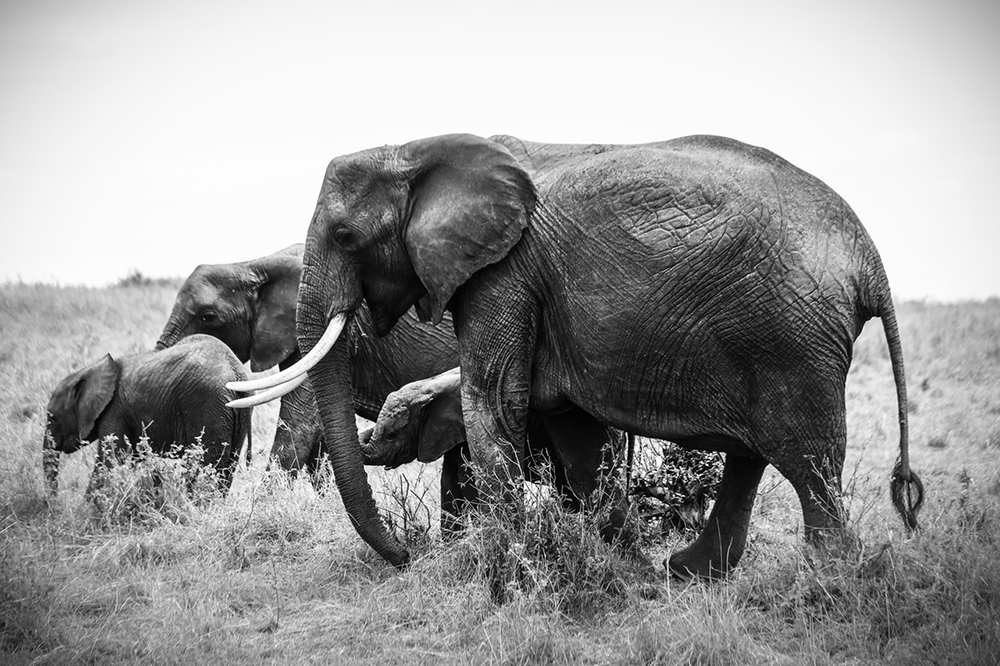
Image by Oleg Magni
Here Are Some Basic Tips To Create A Good Black And White Image:
- Shoot When the Light is Good: As with any genre of photography, look for the right light conditions when shooting black and white. Shoot when the light is great and try as much to avoid harsh midday light.
- Learn to See in Black and White: When composing a black and white image, you will need to look beyond the colours and focus on the textures, contrast, lines, and other similar features in the frame that can help you with a powerful composition.
- Look for Contrast: Look for contrast in light and colours in your frame to create a powerful black and white image. Without this contrast, your image will look flat with no features at all. It is best to have clean white and black elements in your image.
- Look for Lines, Shapes and Textures: You cannot use colours to create a focal point or lead the viewer’s eyes through a black and white image, instead make use of leading lines, shapes, textures in the scene to compose the image. Moreover, lines, shapes, shadows and textures are features that work well in a black and white image and these play a huge role in creating better black and white images.
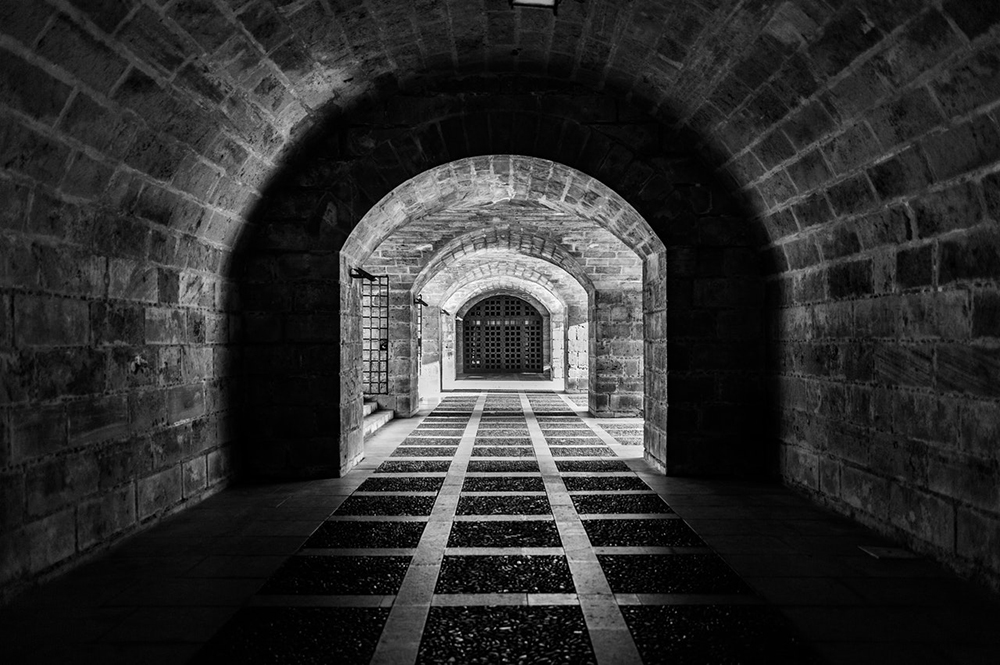
Image by Martijn Adegeest
- Give Emphasis to Shadows and Highlights: Shadows and highlights are the features that make a black and white image. In order for a black and white image to work well, you will need pure white and black areas in the image that will become the focal points in your image.
- Shoot Scenes That Have More Colours: Now this may sound funny for a black and white image, but the more colours you have, the more variations of grey you will have in an image making it look interesting. Beware of colours that look the same when converted to black and white.
- Look For Tonal Range: You only have tones in a black and white image ranging from black to white with all other shades of grey in between. So having just white and black can make the image look very boring, instead include varying grey tones in the image to give it a punch
- Use the HSL Panel While Post Processing: HSL panel is not only for processing colour images, but you must make use of this panel to create a good black and white image. Making adjustments to these sliders will help you create an image that will look much better than if not used.
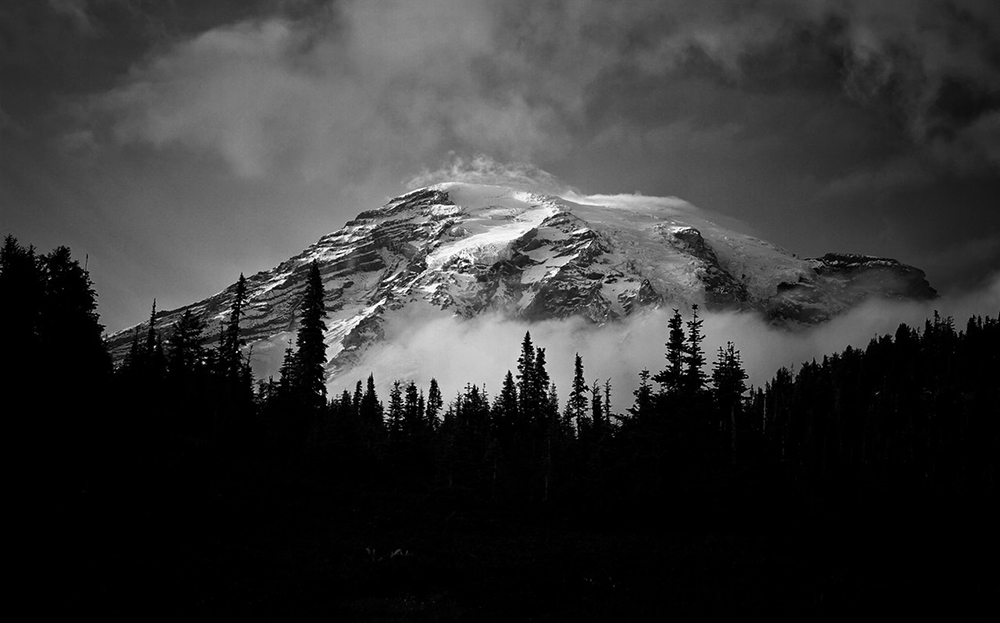
Image by Balamurugan Anbazhagan
More Useful Tips:
- Long exposures look good in black and white, so go for it
- Do not convert bad images into black and white as they will still look bad in black and white
- Always shoot raw so you have the convenience of playing around with tonality and other details while post-processing
- Keep an eye on your histogram as this helps you avoid blown out highlights and losing details in shadows
- Keep noise to a minimum by shooting in low ISO as noise can become more evident and become a distraction in a black and white image.
- Do not forget exposure bracketing and HDR as these work well for black and white images
- Use a polarizer as you would for colour images to get details in the skies and to avoid reflections.
- Include skies with clouds rather than plain blue skies to get dramatic black and white images.
- Photograph patterns that often do not get noticed in colour images due to the distraction colours can create sometimes.
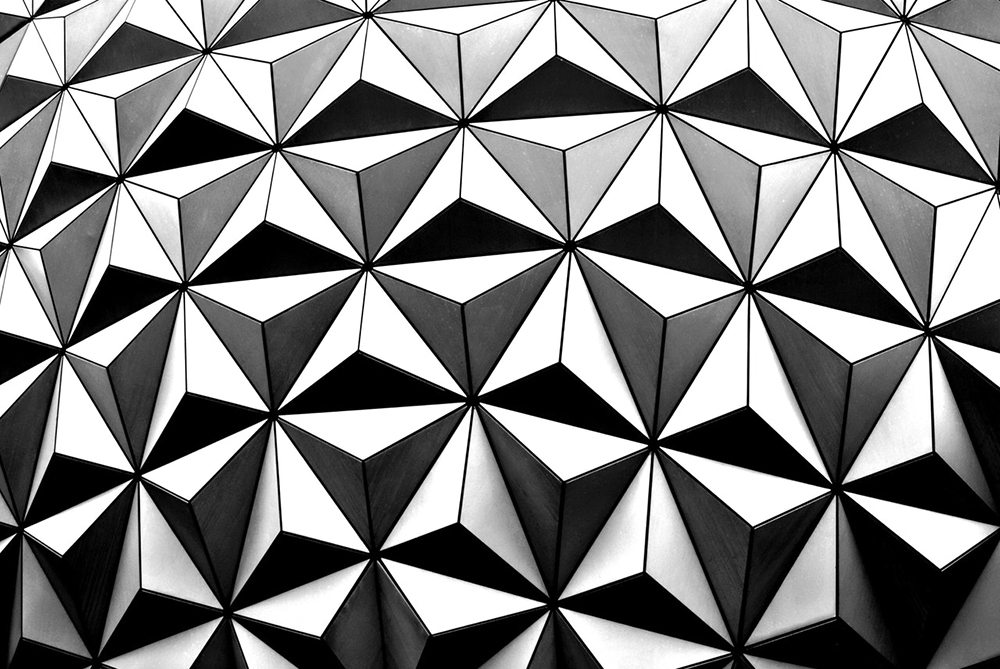
Image by David Buchi
Quick Tip:
If you have a camera that has an option to shoot in black and white, you can quickly do a test shot to see if a scene works well in black and white, but bear in mind, to always shoot colour images in raw format and do the conversion to black and white yourself to create a powerful image.
To conclude,
Everything that applies to colour photography applies to black and white photography and more, in the sense that a more careful planning and wise choice of colours is essential in order to create a beautiful black and white image. With practice, you will appreciate the beauty of a good black and white image.
Do you shoot black and white? What are some important factors that you take into consideration when looking to create a black and white image? Please feel free to share your thoughts in the comments section below.
If you wish to take your black and white photography to the next level to create your own dynamic and share-worthy images, then you should definitely check out the Better Black and White ebook by Photzy.
Further Resources:
- This is How to Decide if a Photo Should be Colour or Black and White
- 5 Things to Think About When Getting Into Black and White Photography
- 13 Incredibly Useful Articles for Getting Started with Black and White Landscape Photography
- Do You Still Make These Two Mistakes When Working in Black and White?
- How to Master Black and White Photography?
- Shooting for Black and White
- 15 Amazing Black & White Wildlife Images That Will Leave You Spellbound

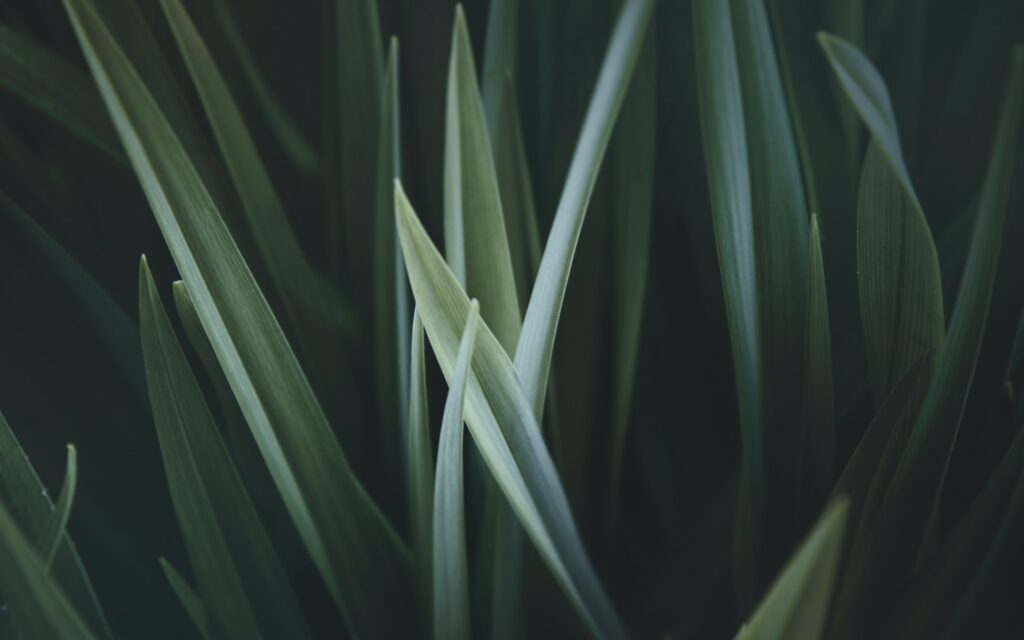
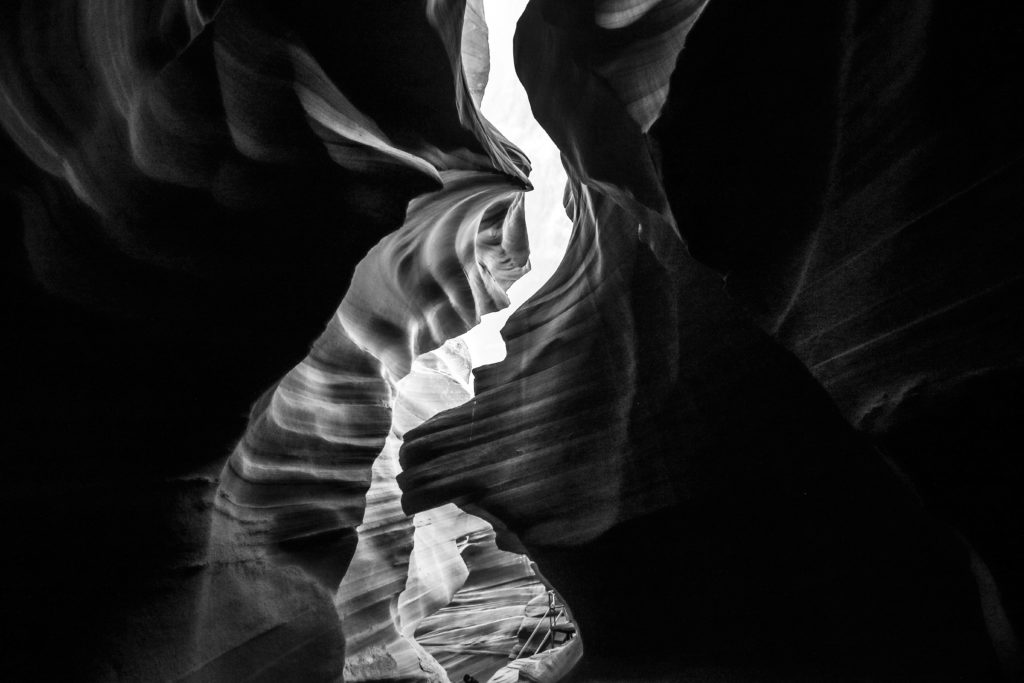
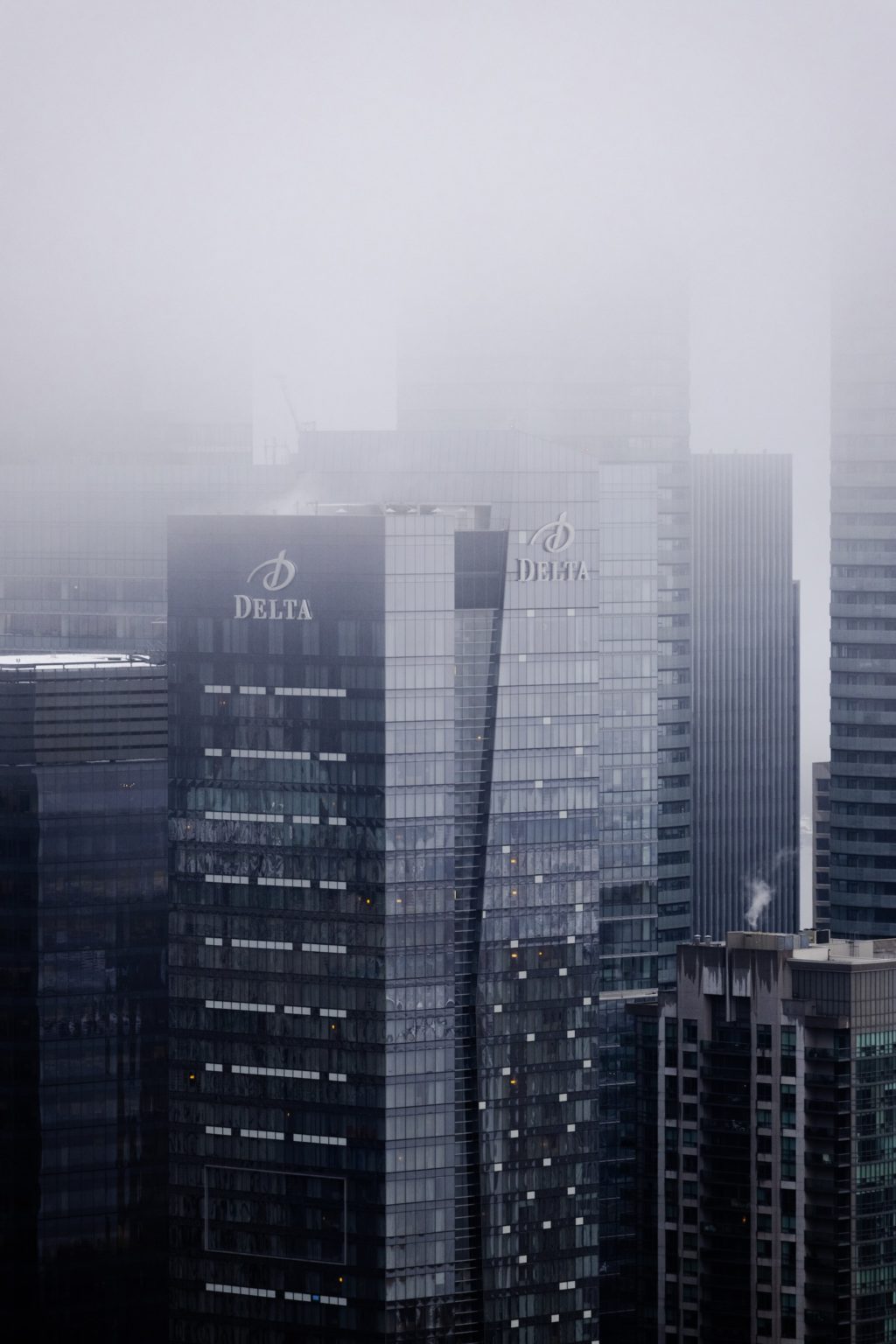
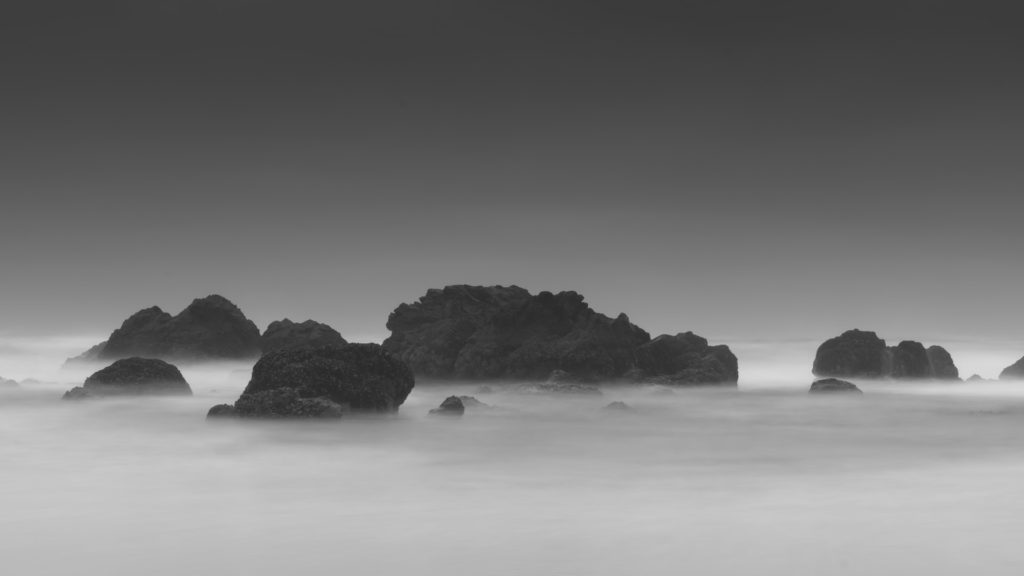
5 Comments
Thank you Ravindra. Glad that you found this useful 🙂
Thanks!
Great article! I’m a hobbyist photographer looking to upgrade my skills with regards to color and black and white has been an elephant in the studio for me. But I will definitely put these tips into practice and be more pursuant of B/W photos.
Great to know that and glad that you found the tips helpful Ren 🙂
Thank you Dahlia!